Return to Nostalgia (2015)
장르 : 다큐멘터리
상영시간 : 53분
연출 : Woo Ming Jin
시놉시스
Local filmmaker Woo Ming Jin and his crew traversed across Peninsular Malaysia and Singapore to find 'Seruan Merdeka' (1947) - the first film made in Malaya post-WWII, and also the first film in the history of Malaysian cinema to feature a biracial cast of Malays and Chinese. While tracking the film's whereabouts, Woo met many locals along the way, whom he interviewed in an effort to find out more about the country's history.
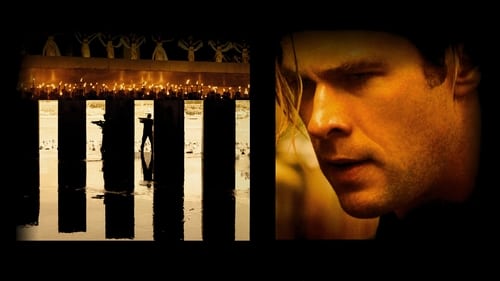
희대의 해킹 테러가 발생했다. 정치적, 금전적 요구도 없기에 사건의 윤곽조차 잡히지 않는 상황. 이에 복역 중인 천재 해커가 형량 거래를 대가로 미·중 공조 수사에 협조한다. 서서히 드러나는 사건의 실체. 하지만 이제 막 시작일 뿐.
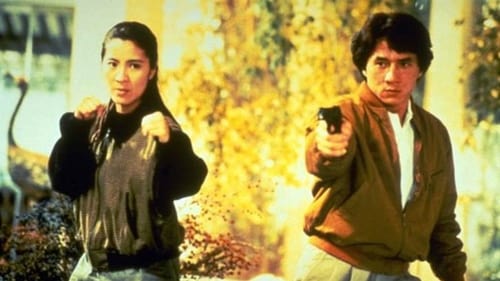
홍콩경찰청 소속 진가구는 슈퍼캅의 자격으로 대규모 마약 밀매단의 검거 계획에 자원한다. 그는 감옥에 복역 중인 표강을 설득하여 국제 무기 마약 밀매단의 내막을 알아내기 위한 임무를 가지고 중국 본토로 잠입한다. 이 국제 무기 마약 밀매단의 소탕은 중국과 홍콩이 합작수사로, 중국 본토의 협조하에 수사가 진행되는데 진가구의 단짝으로는 여경찰 양건화이다. 그녀의 도움으로 진가구는 살인범으로 위장, 표강이 있는 감옥으로 들어가, 표강의 신임을 얻는 데 성공하여 표강에게 탈출을 유도하게 되고 마침내 성공한다. 표강은 가구의 고향을 방문하게 되고 경찰이 가구의 가족들을 모두 변장시켜 양건화는 진가구의 여동생으로 되어있다. 우여곡절 끝에 가구와 양건화는 표강을 따라 홍콩에 도착한다.

할리우드는 트랜스 커뮤니티에 어떤 영향을 끼쳤을까. 그 빛과 그늘을 조명하는 다큐멘터리. 선도적인 트랜스 창작자와 사상가들이 진솔한 견해와 분석을 들려준다.
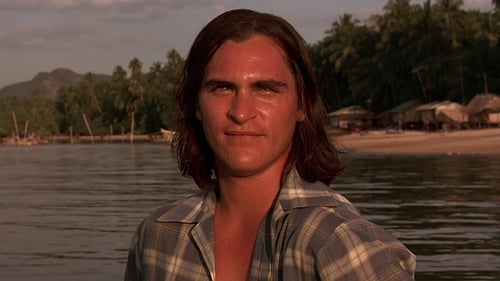
말레이시아 페낭에서 우연히 만난 쉐리프(John 'Sheriff' Volgecherev: 빈스 본 분), 토니(Tony: 데이비드 콘라드 분), 루이스(Lewis: 조아킨 피닉스 분) 세 명의 젊은이들은 5주간 꿀맛같은 휴가를 보내며 절친한 친구가 된다. 휴가가 끝난 뒤 루이스는 그곳에 계속 남아 동물보호 운동에 참가하기로 하고, 셰리프와 토니는 뉴욕으로 돌아온다. 2년 후 운전기사를 하고 있는 셰리프 앞에 베스(Beth Eastern: 앤 허쉬 분)라는 미모의 여자 변호사가 나타난다. 그녀는, 페낭에서 그들 세명이 지녔던 마리화나 소지 혐의로 루이스가 지난 2년간 감옥에 갇혀 있었으며 8일 후 사형에 처해진다는 엄청난 얘기를 들려준다. 셰리프와 토니가 페낭으로 가서 자신들의 유죄를 인정하고 각각 3년씩 형벌을 나누어 가져야만 루이스가 사형을 면할 수 있다는 것이다. 베스의 끈질긴 설득 끝에 토니는 자신의 미래와 약혼을 잠시 보류하고 페낭으로 돌아가기로 결심한다. 이에 비해 셰리프는 쉽게 결심을 못한다. 베스가 돈으로 자신을 매수하려 한다고 생각하고 환멸을 느낀 그는 제안을 거절하지만 결국 양심의 가책과 베스의 사랑을 느끼게 되면서 토니와 동행하기로 한다. 한편 특종을 노리던 기자 MJ는 베스를 따라다니면서 이번 사건을 언론화할 것을 종용한다. 그러나 언론화로 인해 결과를 더욱 가혹하게 만들었던 과거의 재판들을 생각하면서 베스는 MJ(M.J. Major: 제이다 핀켓 분)에게 재판일까지 기다려줄 것을 부탁한다. 되돌아온 친구에 의해 루이스의 사형선고는 번복되려 했지만 낌새를 알아챈 언론에서 이 사건을 대서특필, 말레이시아의 형벌제도를 비난하자, 곧바로 루이스는 사형을 선고받는데...
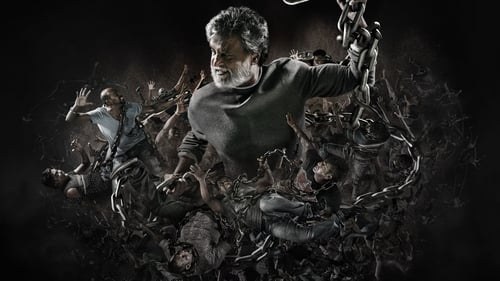
A gangster in Malaysia goes in search of his family after 25 years of imprisonment.

A hilarious introduction, using as examples some of the best films ever made, to some of Slovenian philosopher and psychoanalyst Slavoj Žižek's most exciting ideas on personal subjectivity, fantasy and reality, desire and sexuality.
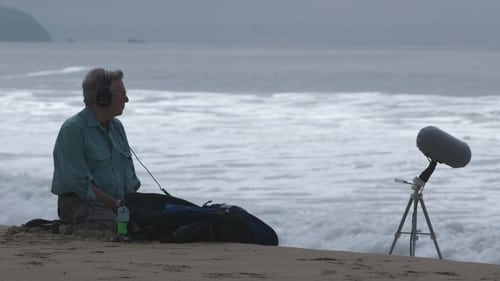
할리우드 영화장면과 주요 감독들의 인터뷰를 통해 영화사운드가 지닌 힘을 잘 보여주는 영화로, 지상의 소리, 영화사운드의 미학과 예술, 역사를 오가며 창의적인 사운드 디자이너의 세계로 관객들을 안내하는 영화사운드 개론서.

멜라 B. 그린이 연출하고 조디 포스터가 내레이션을 맡은 '알리스 기-블라쉐 이야기'는 영화사를 다시 쓴 장편 다큐멘터리다. 처음으로 영화 최초의 여성 감독, 시나리오 작가, 프로듀서, 스튜디오 주인 알리스 기-블라쉐의 인생과 작품의 전모를 공개한다.
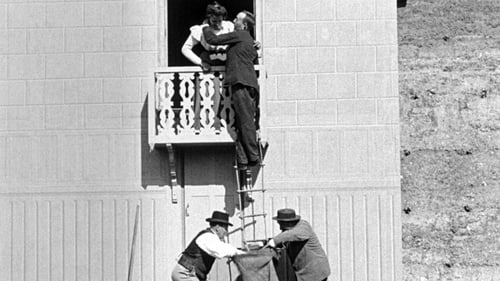
영화의 창시자인 뤼미에르 형제의 세계로 초대한다. 그들이 만든 1,400여 편의 영화에서 발췌된 장면은 원시영화의 매혹에 대한 잊을 수 없는 이미지와 독특한 시선을 제공한다. 초기영화에 대한 교과서 같은 작품.

Surrealist master Luis Buñuel is a towering figure in the world of cinema history, directing such groundbreaking works as Un Chien Andalou, Exterminating Angels, and That Obscure Object of Desire, yet his personal life was clouded in myth and paradox. Though sexually diffident, he frequently worked in the erotic drama genre; though personally quite conservative, his films are florid, flamboyant, and utterly bizarre.

In this filmed version of cult film director John Waters' popular one-man show, the Pink Flamingos and A Dirty Shame director takes the stage to discuss everything from his early influences, fondest career memories, and notorious struggles against the MPAA rating system. Part endearing memoir and part hilarious lecture, This Filthy World touches on everything from the insanity of contemporary pop culture to the director's unforgettable early collaborations with inimitable Pink Flamingos star Divine.

An intimate portrait and saga of four film pioneers--Harry, Albert, Sam and Jack who rose from immigrant poverty through personal tragedies persevering to create a major studio with a social conscience.
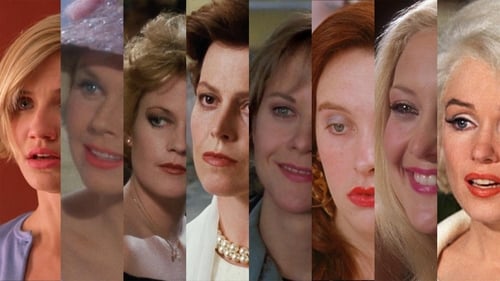
로맨틱 코미디는 많은 관객들이 사랑하지만 비평의 영역에서는 종종 잘 다루어지지 않거나 가벼운 장르로 여겨졌다. 평론가, 배우, 감독들의 생생한 인터뷰와 무수한 로코 명작들의 클립을 통해 감독은 우리자신의 취향에 대한 여행으로 안내한다.

This documentary revisits the making of Gone with the Wind via archival footage, screen tests, insightful interviews and rare film footage.

Jack L. Warner, Harry Warner, Albert Warner and Sam Warner were siblings who were born in Poland and emigrated to Canada near the turn of the century. In 1903, the brothers entered the budding motion picture business. In time, the Warner Brothers moved into film production and would open their own studio in 1923.
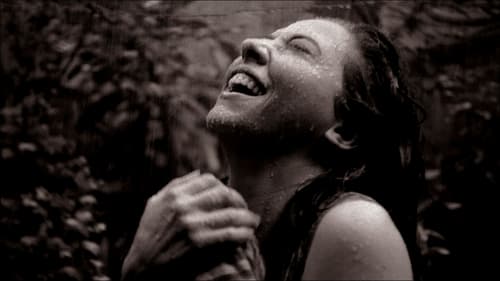
A deep investigation, in the way of a poetic essay, on one of the main Latin American movements in cinema, analyzed via the thoughts of its main authors, who invented, in the early 1960s, a new way of making movies in Brazil, with a political attitude, always near to people's problems, that combined art and revolution.
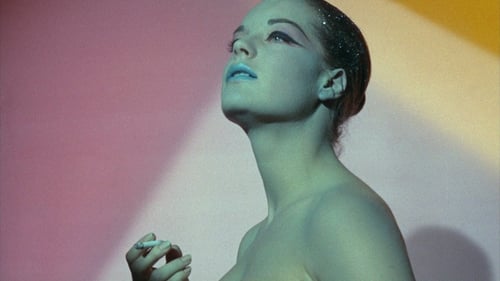
In 1964, Henri-Georges Clouzot's production of L'Enfer came to a halt. Despite huge expectations, major studio backing and an unlimited budget, after three weeks the production collapsed. This documentary presents Inferno's incredible expressionistic original rushes, screen tests, and on-location footage, whilst also reconstructing Clouzot's original vision, and shedding light on the ill-fated endeavor through interviews, dramatizations of unfilmed scenes, and Clouzot's own notes.

An account of the extraordinary life of film pioneer Georges Méliès (1861-1938) and the amazing story of the copy in color of his masterpiece “A Trip to the Moon” (1902), unexpectedly found in Spain and restored thanks to the heroic efforts of a group of true cinema lovers.

Among the pieces featured in Fragments are the final reel of John Ford's The Village Blacksmith (1922) and a glimpse at Emil Jannings in The Way of All Flesh (1927), the only Oscar®-winning performance in a lost film. Fragments also features clips from such lost films as Cleopatra (1917), starring Theda Bara; The Miracle Man (1919), with Lon Chaney; He Comes Up Smiling (1918), starring Douglas Fairbanks; an early lost sound film, Gold Diggers of Broadway (1929), filmed in early Technicolor, and the only color footage of silent star Clara Bow, Red Hair (1928). The program is rounded out with interviews of film preservationists involved in identifying and restoring these films. Also featured is a new interview with Diana Serra Cary, best known as "Baby Peggy", one of the major American child stars of the silent era, who discusses one of the featured fragments, Darling of New York (1923).























